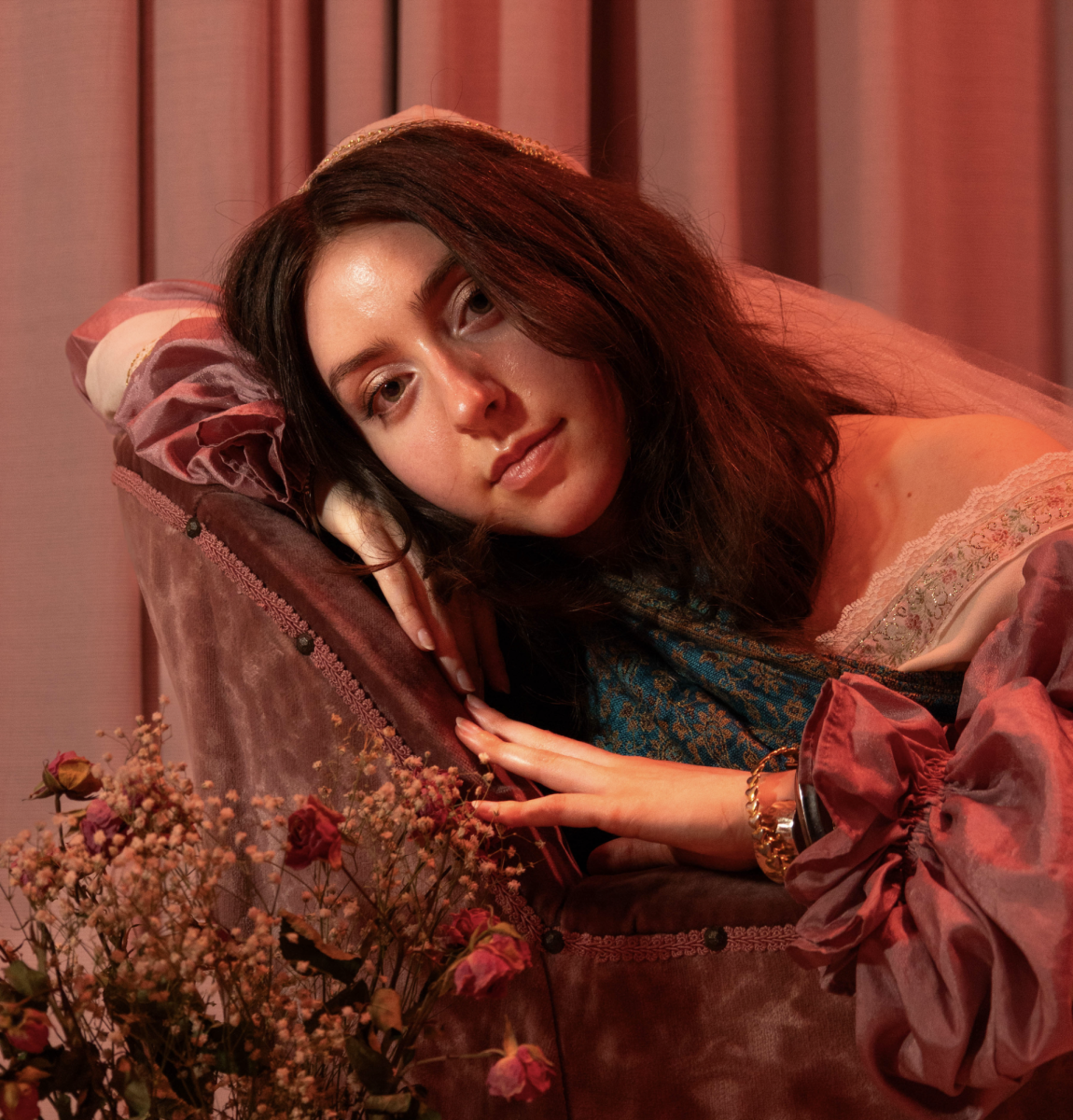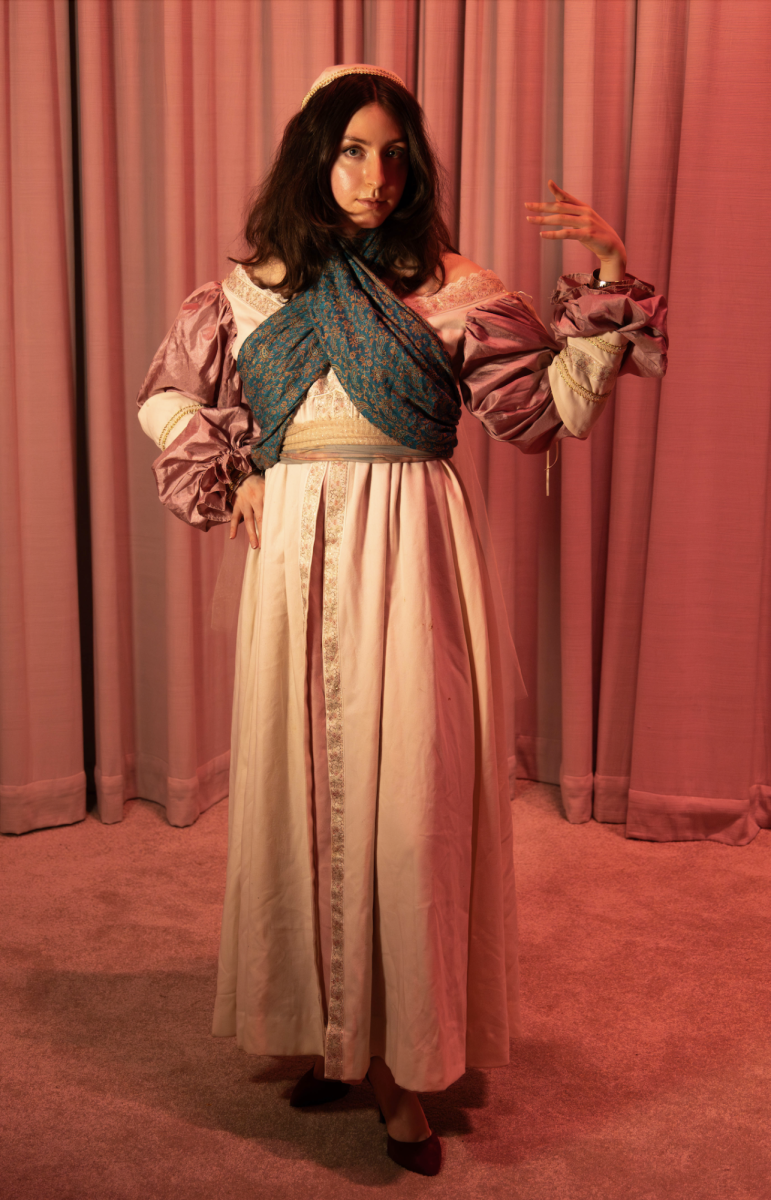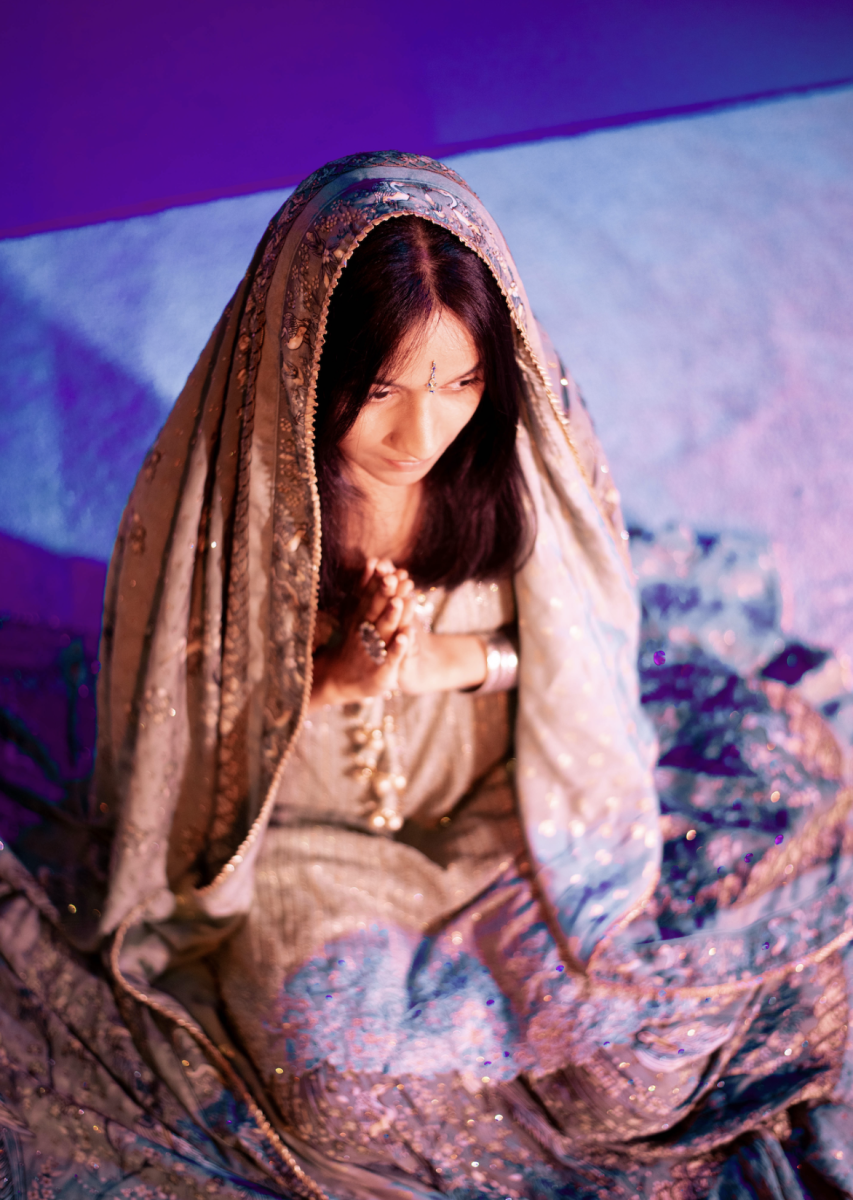In 1910, costume designer Léon Bakst created a visual storm for the Ballets Russes production of “Scheherazade” and unknowingly rewrote fashion history.
Within months of its debut in Paris, designers began echoing Bakst’s influence on the runway. Most notably, Paul Poiret embraced similar elements, uncorseted silhouettes, draped fabrics and ornate headpieces, marking one of the earliest intersections between fashion and the theatrical. Decades later, Yves Saint Laurent’s opulent 1976 “Russian Collection” paid direct tribute to the Ballets Russes, fusing folk-inspired ornamentation with couture craftsmanship.
His theatrical designs rejected the rigid elegance of Edwardian fashion and instead embraced what we now call maximalism: luxurious layering, vivid color and a global mix of references.
“Really impactful, culturally significant costume design can also have an impact on mainstream fashion,” said DeMara Cabrera, senior instructor and costume designer for theatre arts at Oregon State University, over email. “There is definitely a give and take in both directions.”
That exchange between costume and fashion stems from their shared purpose of storytelling through appearance.
“A costume is the visual representation of the character,” says Cabrera. “It shows a character’s personality, emotional journey, status and relationships with other characters and spaces. Initial visual impressions are crucial for informing the audience about a character.”
For those embodying a role, costume is often the final layer that completes a character. Kaiya Miller, a fourth-year vocal performance major at OSU, knows this firsthand.
She recalled a Sondheim production where she played two dramatically different characters: one from the 1880s and one from the 1980s.
“I could not act like a modern 22-year-old from Oregon. I had to learn and morph myself,” Miller said over email. “Until we were in full costume, I don’t think I could truly convey that … When I could physically feel the weight and numerous layers of bustles, camisoles, skirts, tight-laced corsets, point-toed boots, hats, hose, etc., I couldn’t help but feel like I was stepping into the shoes of a woman in the mid-late 19th century and, in turn, my performances became authentic moments born from empathy, rather than manufactured.”
A costume change between acts helped her embody the second role just as clearly. “I knew the audience was seeing something very different … which separates (the second character) from everyone before a word is spoken,” Miller said.
That power to shape perception through wardrobe is what has been reimagined from Bakst’s original sketch for Zobeide, the iconic figure in “Scheherazade.” Known as “La Favorite,” Zobeide is both a seductress and a tragic heroine, a duality we aimed to capture through softness, stillness and rich detail.
The look featured, is built of a vintage gown with voluminous rose-toned sleeves and a teal and gold shawl, echoing Bakst’s romantic excess and Eastern-inspired textiles. Diffused lighting highlights the fabric, guided by Bakst’s belief that “color is the element that gives movement and life to everything.” It’s a philosophy that continues to resonate today.
“There is so much specificity required for choosing colors because they are used symbolically and we associate them with different emotional attitudes,” Miller said.
Though rooted in ballet history, our Zobeide becomes a modern archetype, a woman whose beauty is both her armor and her burden.
For Bakst, costume was more than a decoration; it was part of a “Gesamtkunstwerk,” or “total work of art,” merging body, narrative and design. In an age of microtrends and fast fashion, Bakst’s work reminds us of something long-lasting: the power of intention.
At a time when style can feel disposable, the legacy of “Scheherazade” offers something timeless. More than a century later, Bakst’s vision still inspires us to dress not just with style, but with story.









